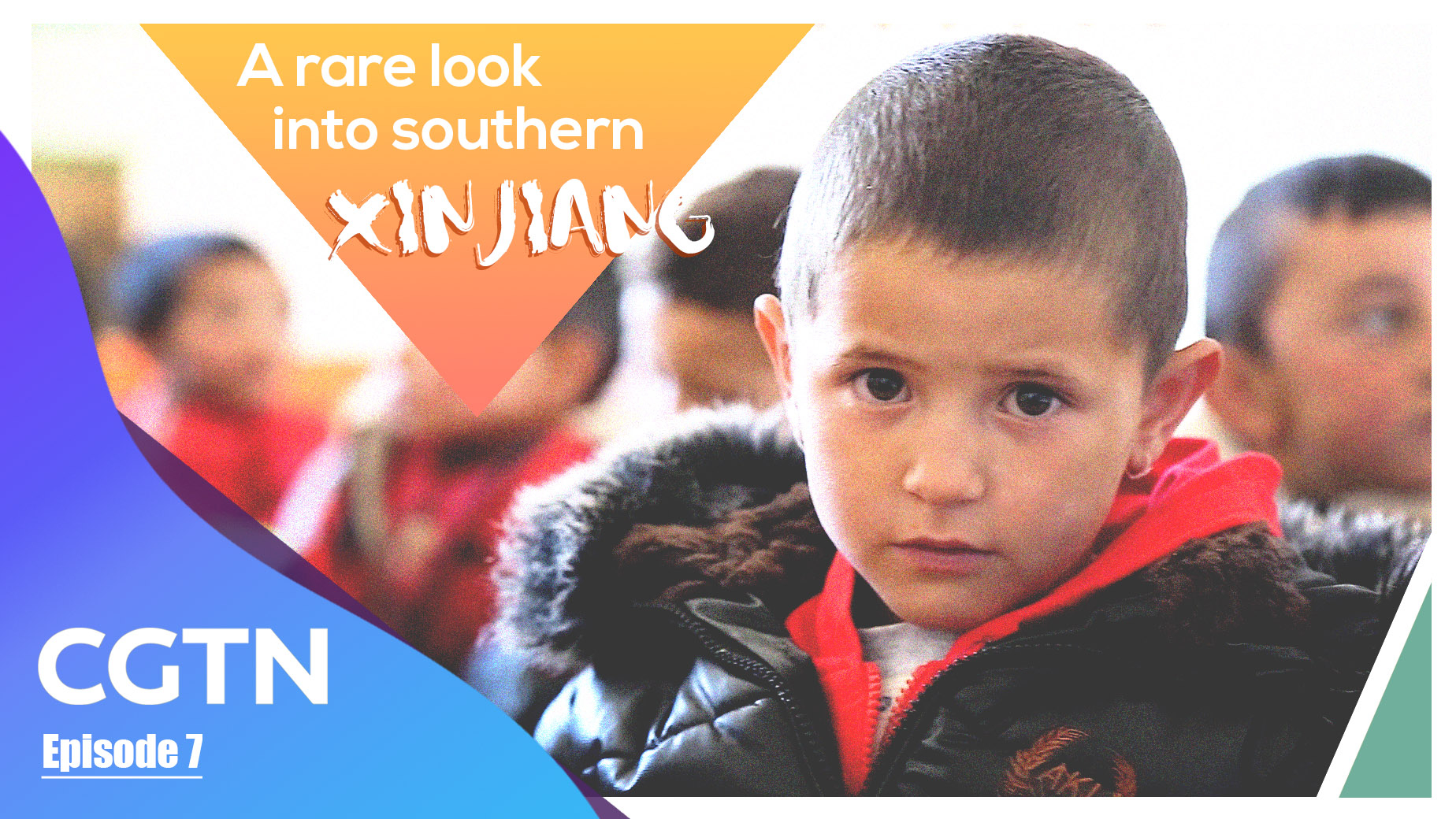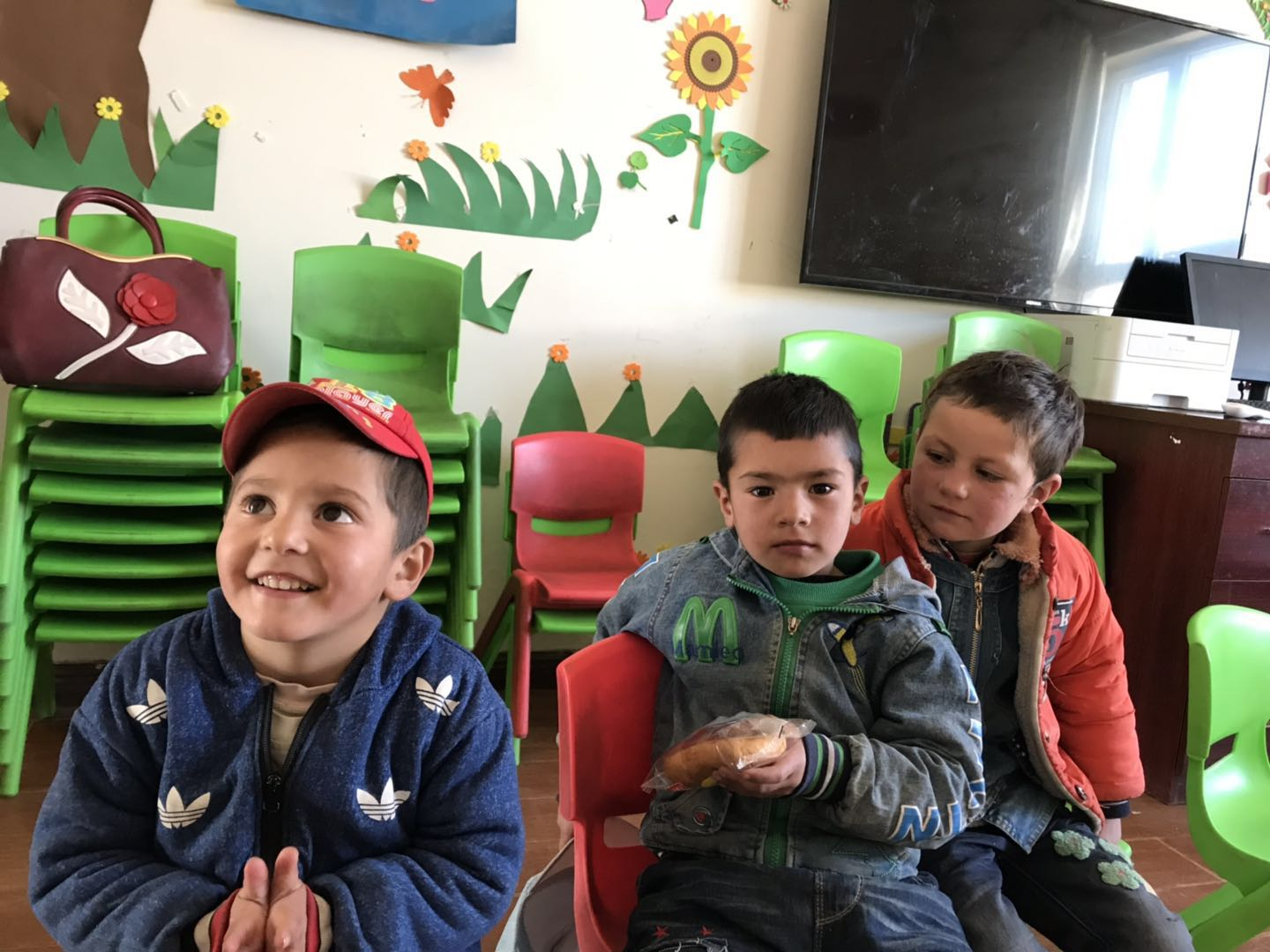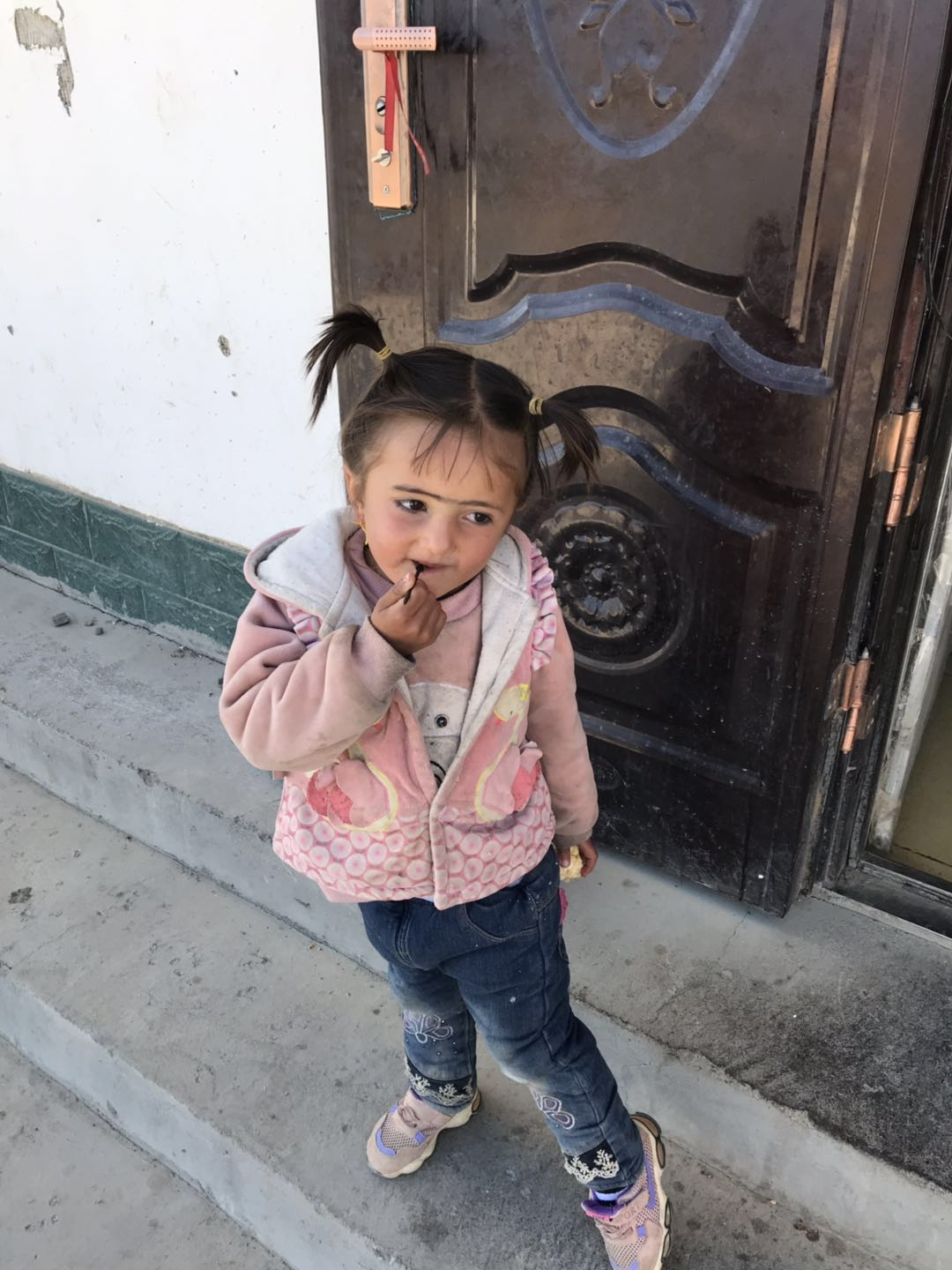

There's only one road leading to the "Roof of the World." After a six-hour drive zigzagging along pristine lakes and lofty peaks such as the isolated Muztagh Ata, we finally arrived at the Pamir Plateau, 300 kilometers from the city of Kashgar.
The high altitude – over 4,000 meters above sea level – put some of us on edge, but for those who've spent their entire lives here, they've grown accustomed to the rarefied air, the beating sun and the windy nights. The only Caucasian population in China, the Chinese Tajiks have been living for generations in the Tashkurgan Tajik Autonomous County on the eastern side of the Pamir Mountains.
This once dusty outpost on the ancient Silk Road is a far cry from the urban clamor of the country's mega-cities. Its residents were once nestled in unreachable mountainous enclaves, but they have now been relocated to flatter land in the region's plains. They are living in newly-built houses as part of the government's anti-poverty drive, and are adapting to the trappings of modernity.

Children in the Tatikul Kindergarten in Tashkurgan Tajik Autonomous County, under the city of Kashgar, northwest China's Xinjiang Uygur Autonomous Region, June 13, 2019. /CGTN Photo
Their transformation isn't just material – more local families are sending their children to school, bolstered by 15 years of free education and government salaries for the precious few teachers willing to teach here.
Now, school is just a walk down the street for many families. The primary school of the Town of Tashkurgan – the county seat – is a novelty for many here. Established in 1979, the school has 14 teachers who are ethnic Tajik, Uygur or Han, most of whom are locals and graduated from teacher-training colleges. The school is even equipped with a slew of modern facilities such as a computer lab.
The Tatikul Kindergarten in this new settlement is one of the 11 kindergartens under the primary school. Built in March 2018, it now houses 65 students.

Graffiti on the wall of the Tatikul Kindergarten in Tashkurgan Tajik Autonomous County, under the city of Kashgar, northwest China's Xinjiang Uygur Autonomous Region, June 13, 2019. /CGTN Photo
"When I was a kid, we had no kindergartens to attend. Now the conditions have greatly improved," said Gina Karimujan, a local Chinese Tajik who has been working here as a teacher since graduating from a training college in Kashgar.
The parents, who are mostly shop owners or border guards, cherish the access that their kids have to a pre-school education comparable to those found in modern cities.
"The parents are quite understanding and cooperative in participating in our kindergarten's activities," Yang Yanxia told us. She had moved with her husband to the Pamirs from Gansu, a province adjacent to Xinjiang.
But challenges remain. For instance, the school struggles to retain teachers. Compared with schools in Kashgar, few from the inland regions of China are willing to stay for the long term. Even more difficult is finding teachers who specialize in non-core subjects such as arts, music and sports.

Dildare, a three-year-old girl, in front of her home in Tashkurgan Tajik Autonomous County, under the city of Kashgar, northwest China's Xinjiang Uygur Autonomous Region, June 13, 2019. /CGTN Photo
In addition to the shortage of resources, the environment isn't conducive to students who want to do well academically. Low oxygen levels at such high altitudes could impair cognitive abilities and lower activity levels, so families send their children to the more oxygen-rich Kashgar for middle school. This means that those who want to continue their education must leave their parents, returning home from boarding school only twice a year.
Locals think of their people as the "eagles of the high mountains." Families and educators are doing their best to nurture the next generation, but flying high may have a different meaning for the next generation.
Reporter: Wang Xiaonan
Videographers: Yang Shengjie, Liu Yuan
Video editors: Yang Shengjie, Zeng Ziyi
Voiceover: Zeng Ziyi
This is the seventh story in our series, "A rare look into southern Xinjiang." You can find the other articles documenting our seven-day tour throughout the region here: 1, 2, 3, 4, 5, 6.

Copyright © 2018 CGTN. Beijing ICP prepared NO.16065310-3
Copyright © 2018 CGTN. Beijing ICP prepared NO.16065310-3